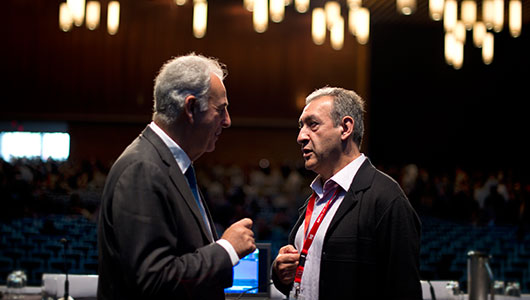
Michel Kazatchkine, UN Secretary-General Special Envoy on HIV/AIDS in Eastern Europe and Central Asia talks with Eduard Karamov, Ivanovsky Institute of Virology, Russian Federation. Photo ©Marcus Rose/IAS
Providing opioid substitution therapy (OST) alongside antiretroviral therapy to people who inject drugs results in a significantly greater reduction in deaths compared to providing either intervention alone, a study of the Canadian province of British Columbia has shown.
Research from Ukraine, also presented at the conference, showed that people receiving opioid substitution therapy had better engagement with HIV care.
Opioid substitution therapy is recommended by the World Health Organization as a core element of the harm reduction and care package that should be provided for people who inject drugs after diagnosis with HIV. There are big variations worldwide in access to opioid substitution therapy for people living with HIV who inject drugs: a 21-country survey published in 2013 found average coverage of just 3% for this population.
Opioid substitution is resisted in many countries because of the belief that heroin addiction can only be treated by abstinence. Methadone substitution is illegal in the Russian Federation, one of the countries with the most severe epidemic of HIV in people who inject drugs. Russian attitudes towards methadone are so hardened that opioid substitution therapy programmes in Crimea were halted following Russian occupation of the region in 2014, Professor Michel Kazatchkine, UN Secretary General Special Envoy on HIV/AIDS in Eastern Europe and Central Asia, told a plenary session at the conference.
Dr Nora Volkow, director of the United States National Institute on Drug Abuse told a press conference that opioid substitution therapy “is a win-win for prevention and a win-win for treatment, but there are too many places where it’s not happening… I don’t know of any other area of medicine where despite the evidence that the intervention works, someone says ‘we’re not going to do that because I think that that is not right’.”
Opioid substitution therapy may be provided in the form of daily methadone or buprenorphine, and an extended-release buprenorphine implant is being tested with the aim of winning US Food and Drug Administration (FDA) approval.
Opioid substitution therapy has the potential to minimise drug-related harm by reducing the risk of drug overdose, reducing exposure to injecting-related bacterial infections and hepatitis C, stabilising drug users in order to address other health issues and allow comprehensive treatment of drug misuse. By reducing or eliminating dependency on heroin, OST reduces illicit drug consumption and has the potential to reduce the criminalisation of drug users.
View other major presentations on injecting drug use and HIV at IAS 2015 using the links below.

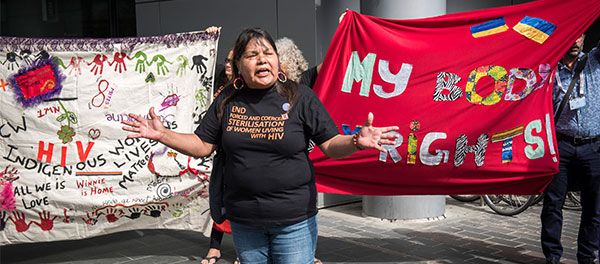


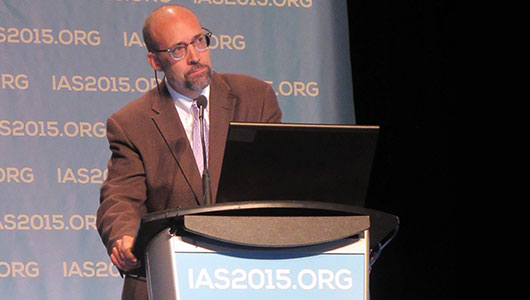
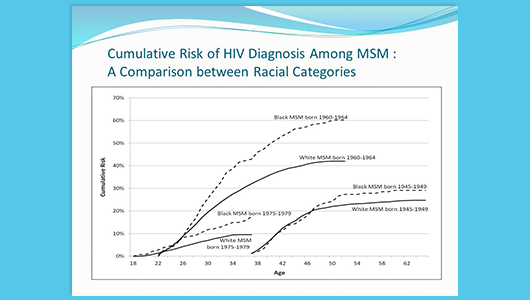
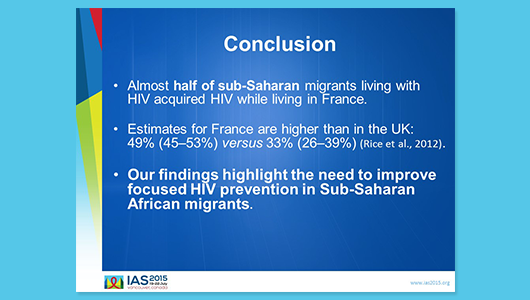
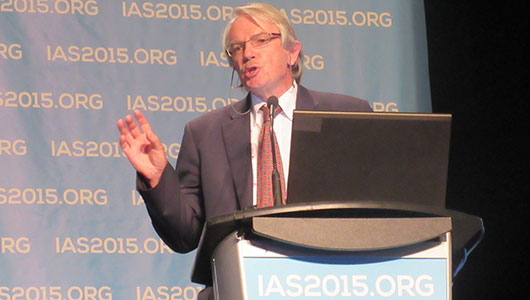
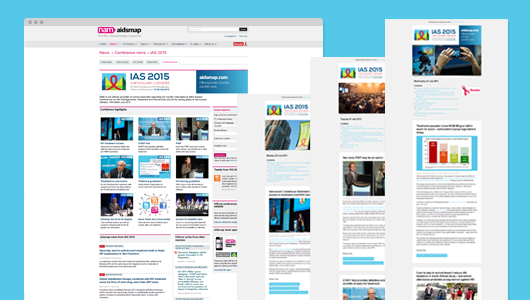


Connect with NAM on Facebook: Keep up to date with all the exciting projects, latest achievements and new developments that are going on in the world of NAM.
Follow NAM on twitter for links to hot off the press news stories from our editors covering key developments and conferences as they happen. Our news feed is linked to www.twitter.com/aidsmap_news and we also tweet from www.twitter.com/aidsmap.
Follow all the conference news by subscribing to our RSS feeds.